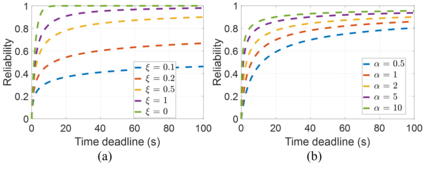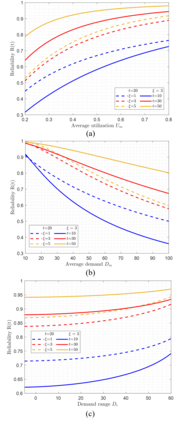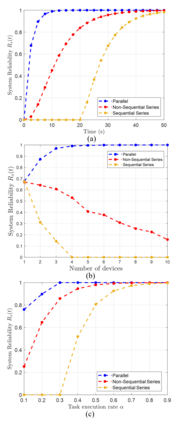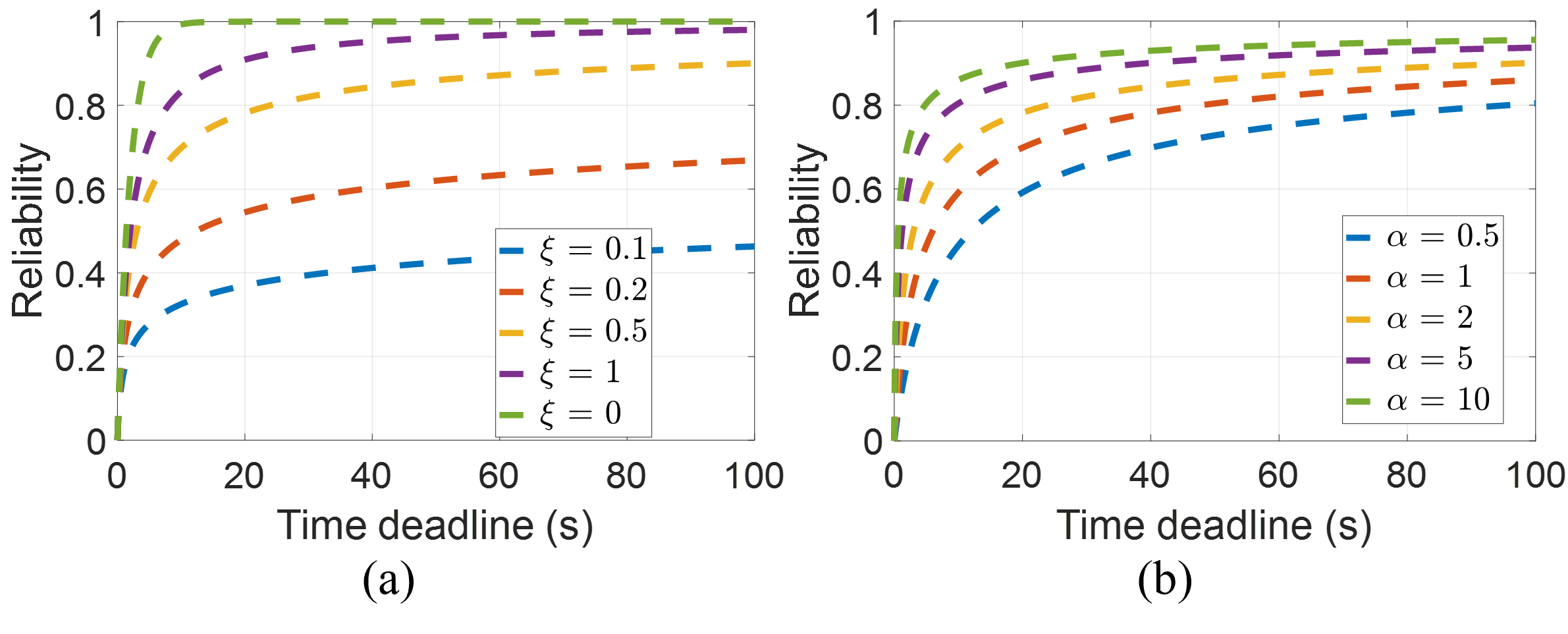Extreme edge computing (EEC) refers to the endmost part of edge computing wherein computational tasks and edge services are deployed only on extreme edge devices (EEDs). EEDs are consumer or user-owned devices that offer computational resources, which may consist of wearable devices, personal mobile devices, drones, etc. Such devices are opportunistically or naturally present within the proximity of other user devices. Hence, utilizing EEDs to deploy edge services or perform computational tasks fulfills the promise of edge computing of bringing the services and computation as close as possible to the end-users. However, the lack of knowledge and control over the EEDs computational resources raises a red flag, since executing the computational tasks successfully becomes doubtful. To this end, we aim to study the EEDs randomness from the computational perspective, and how reliable is an EED in terms of executing the tasks on time. Specifically, we provide a reliability model for the EEDs that takes into account the probabilistic nature of the availability of the EEDs' computational resources. Moreover, we study the reliability of executing different types of computational tasks in EEC systems that are distributed across the EEDs. Lastly, we carry out experimental results to analyze the EEDs and the EEC systems' reliability behavior in different scenarios.
翻译:极端边缘计算 (EEC) 指的是边缘计算的最边缘部分,其中计算任务和边缘服务仅部署在极端边缘设备(EEDs) 。 EEDs是消费者或用户拥有的设备,提供计算资源,可能包括可磨损的设备、个人移动设备、无人机等。这种设备在机会上或自然地存在于其他用户装置附近。因此,利用EEEDs部署边缘服务或执行计算任务,就满足了将服务和计算尽可能接近最终用户的边缘计算前景。然而,对EEEDs计算资源的知识和控制缺乏,会提高红旗,因为执行计算任务已成功令人怀疑。为此,我们打算从计算角度研究EEEDs随机性,以及EED在按时执行任务方面有多可靠。具体地说,我们为EEDs提供了一种可靠性模型,考虑到EEDs计算资源的提供情况的概率性。此外,我们研究了在EEEED系统中执行不同类型计算任务的可靠性。我们研究了在EEEDD系统中执行不同类型计算任务的可靠性,在EEED系统中进行不同的实验性分析。








